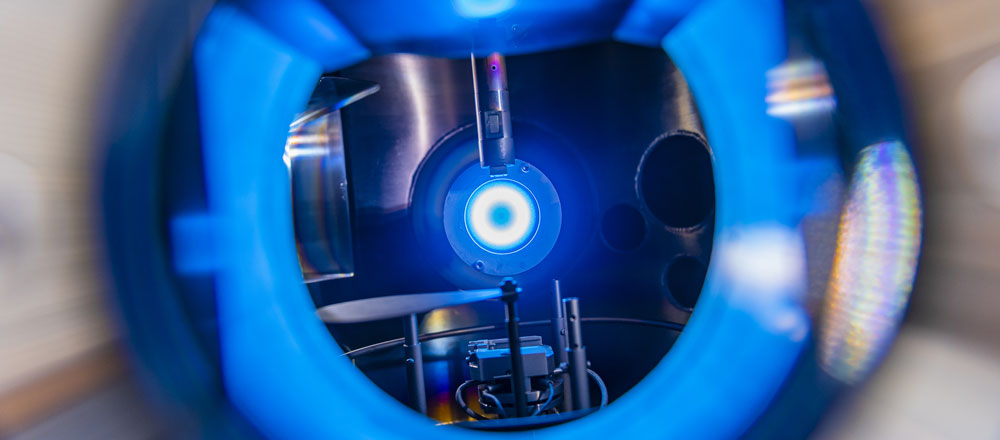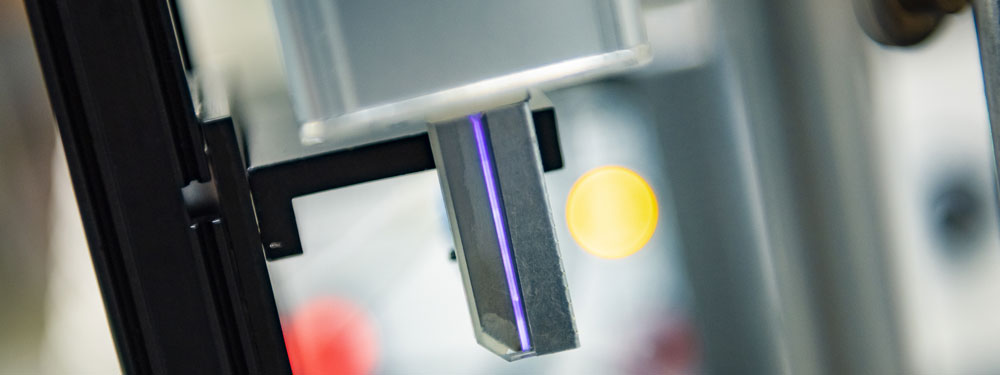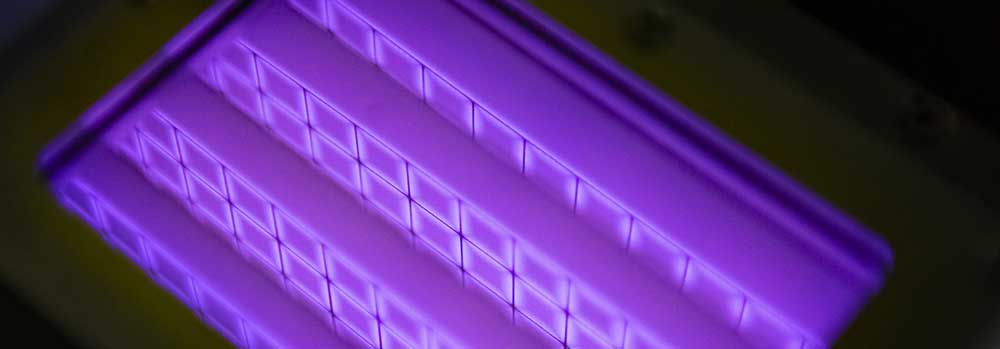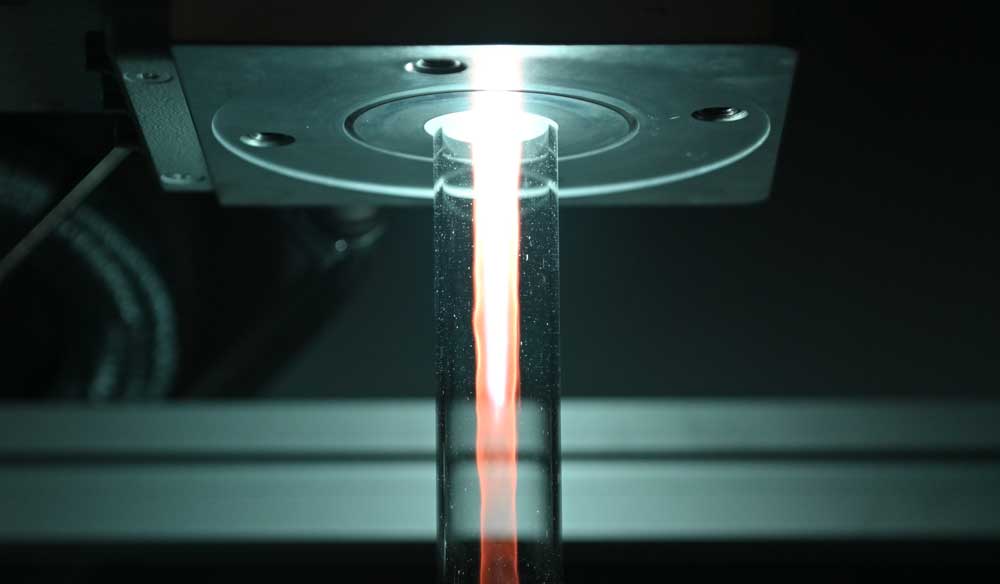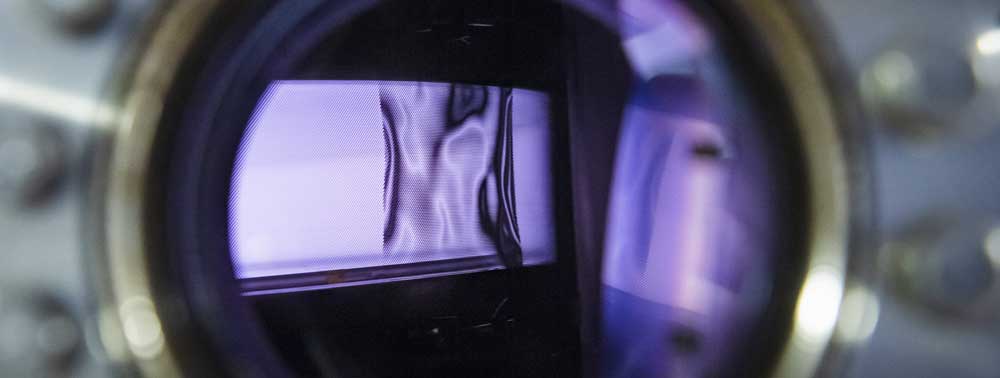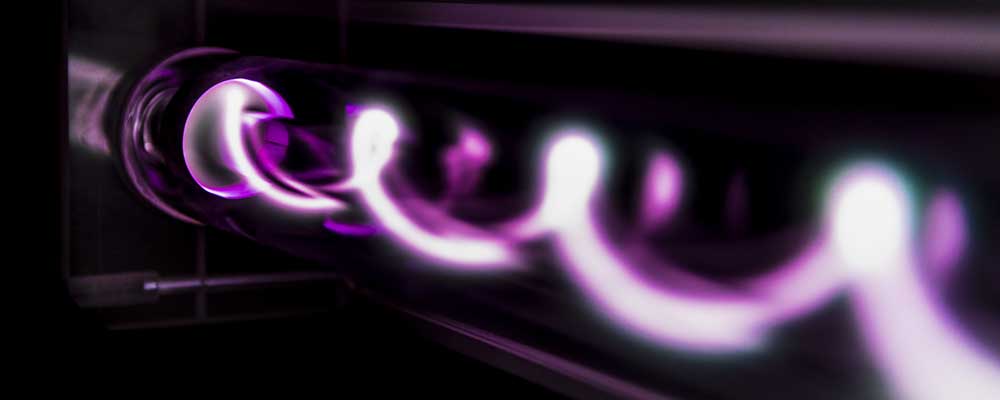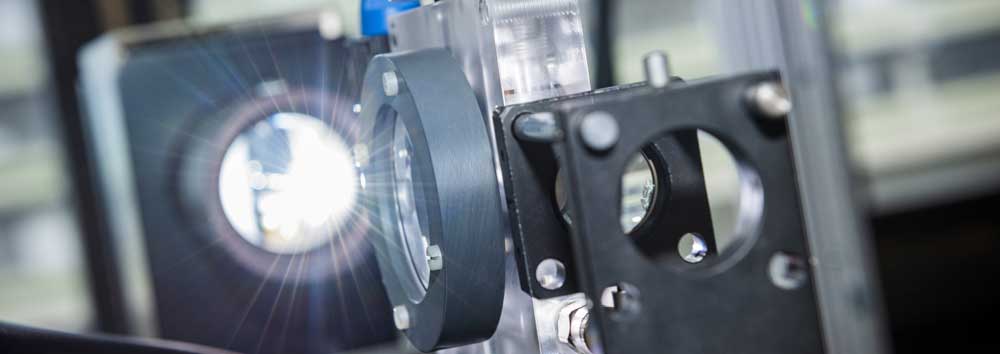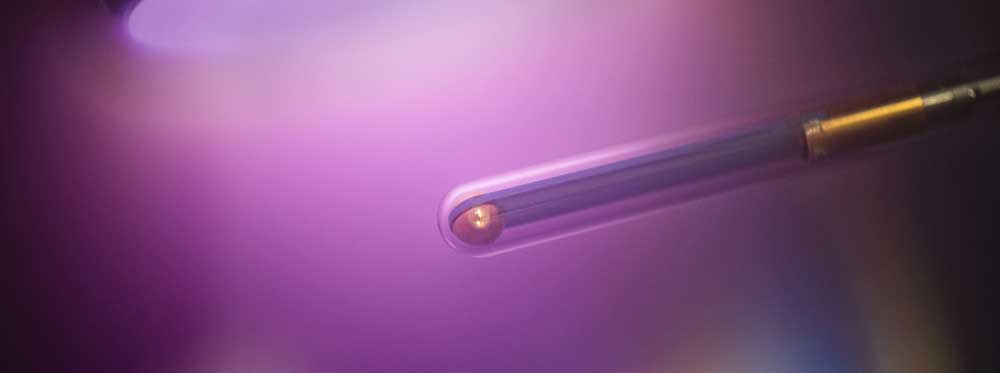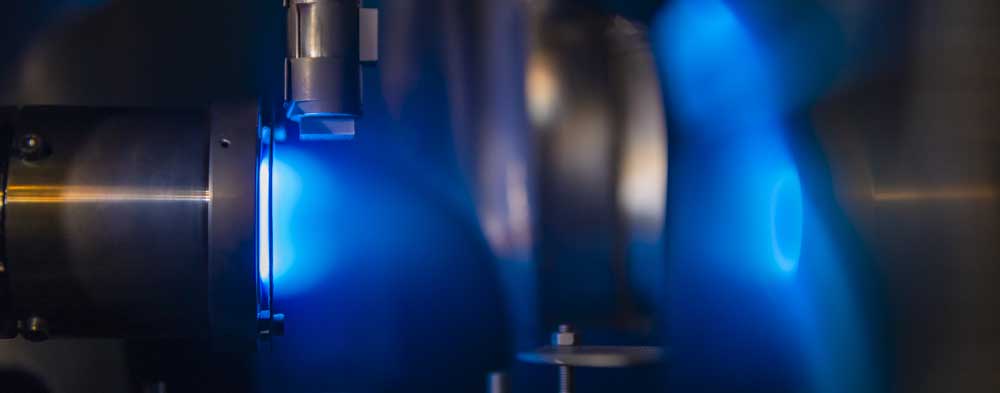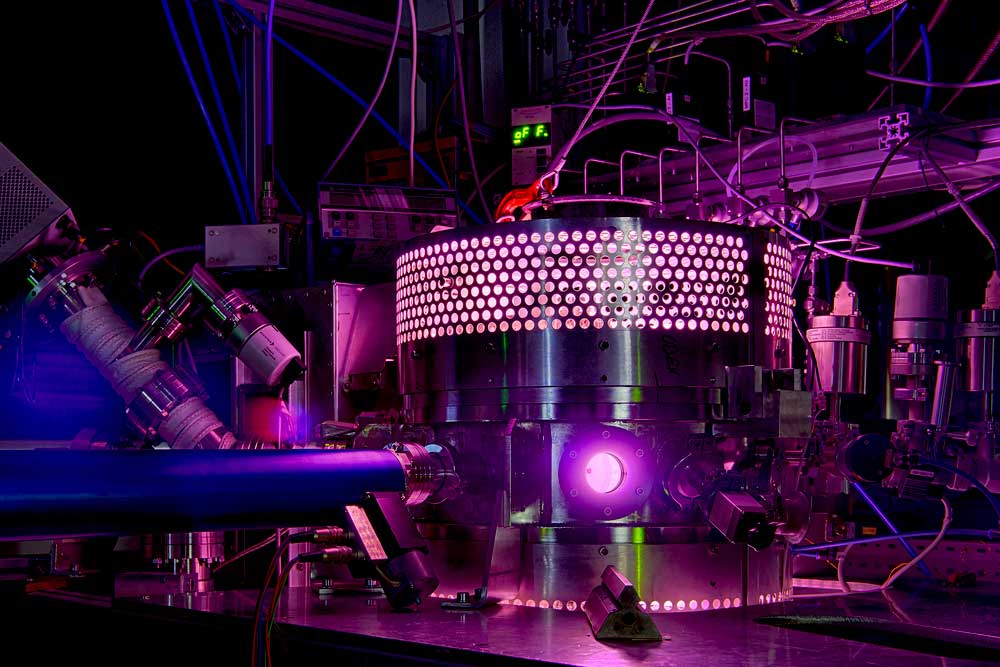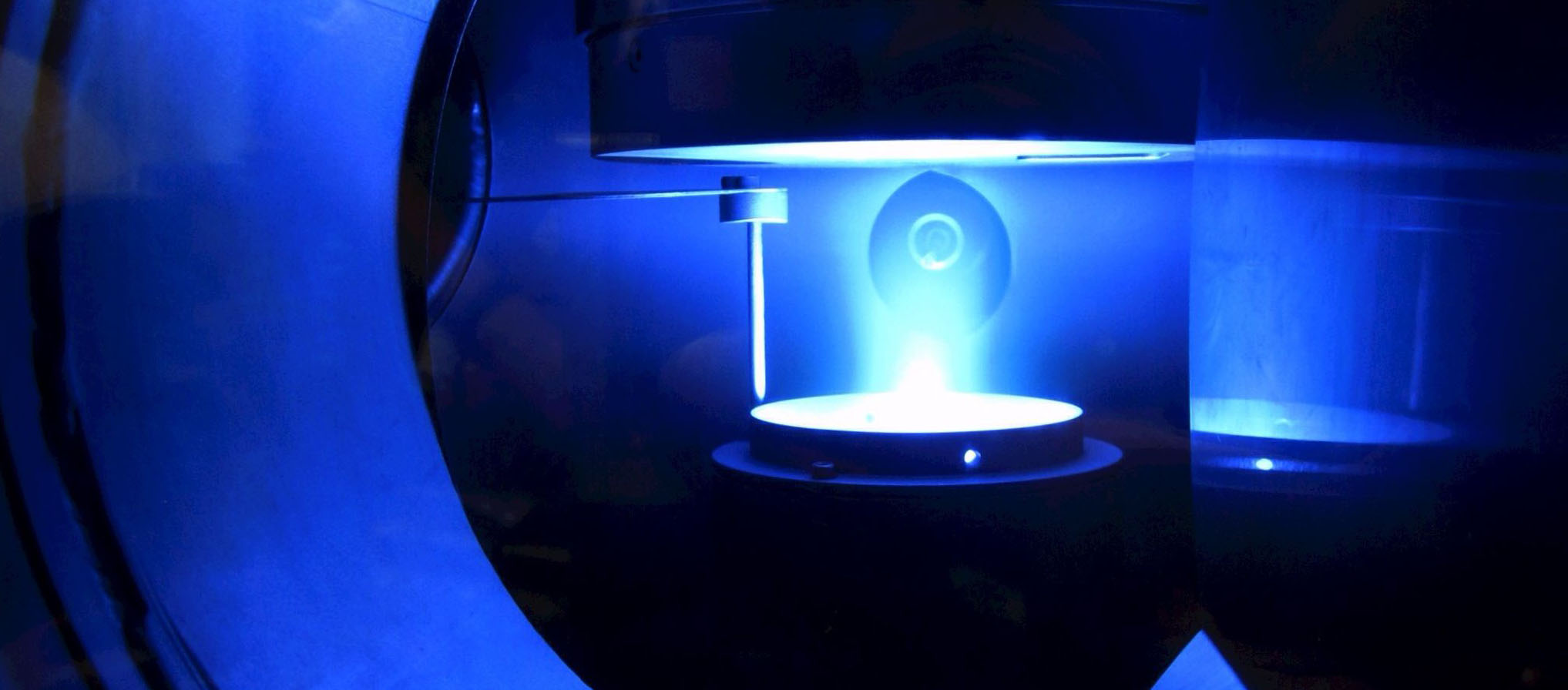A5 - sDBDSurface Streamer PropagationTime-resolved electron impact excitation rates showing |
- Details
Internationalization
Judith Golda Shines at AVS 69th International Symposium
Judith Golda, representing CRC 1316, captivated audiences at the AVS 69th International Symposium in Portland, Oregon, from November 5-10, 2023. Her invited talk, "Fundamentals of atmospheric pressure discharges for plasma catalytic applications," highlighted the critical role of atmospheric pressure discharges in plasma catalysis. Her presentation presented theory and application, emphasizing the transformative potential of understanding these discharges for catalytic processes in industries, environmental remediation, and energy production.
- Details
Project Area Meetings
CRC 1316 Project Area A (November 9) and Project Area B (November 10)
The CRC 1316 (Collaborative Research Center) brought together members from Project Area A on November 9 and Project Area B on November 10 for two consecutive days of intensive discussions, presentations, and collaborations. The primary objective of the meeting was to review recent project developments, share results, and facilitate further cooperation among team members.
The meeting commenced with a welcome address, setting the stage for a day of fruitful discussions. Each sub-project presented its recent findings, outlining progress, challenges faced, and proposed strategies for overcoming obstacles. The presentations sparked engaging discussions, providing valuable insights and suggestions from fellow researchers.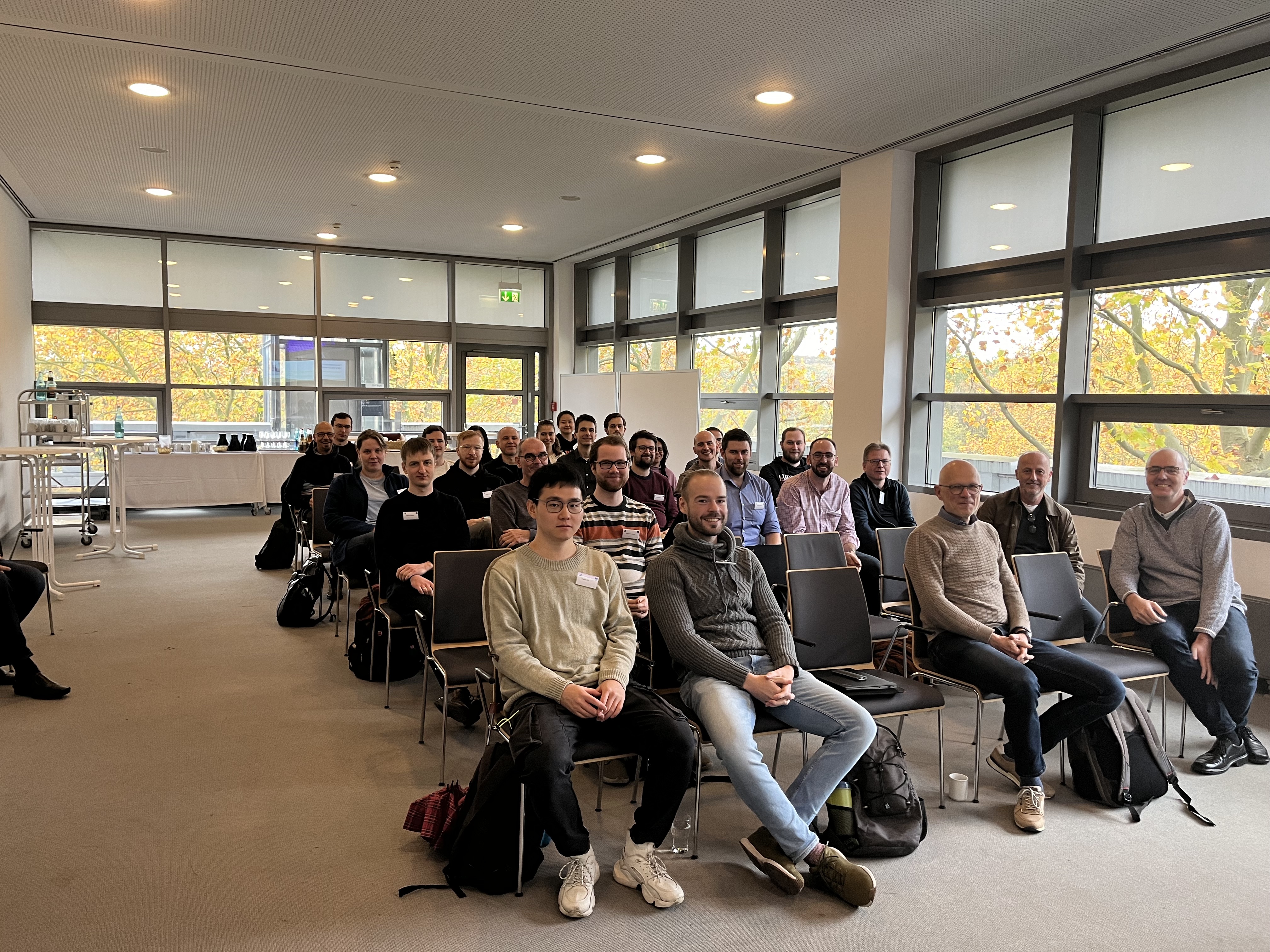
- Details
Crash Course
Heterogeneous Catalysis and Plasma Catalysis
On 8.11.2023, Leon Leffers (Univ. Twente) provided a crash course on heterogeneous catalysis and the prospect and principles of plasma catalysis. ECRs and PIs from the various disciplines of the CRC attended this crash course and discussed the details of connecting plasma phenomena to catalytic surface processes.
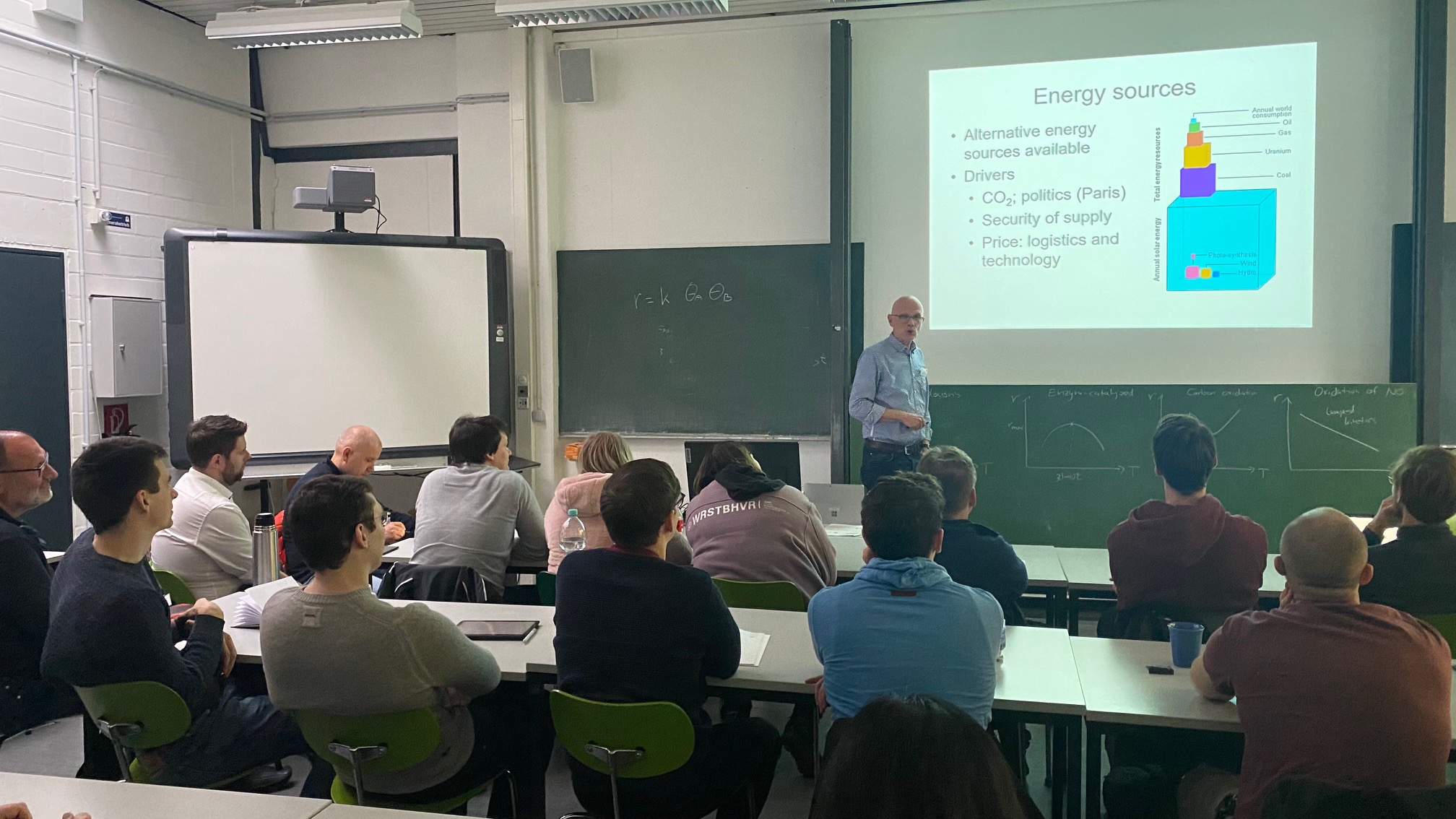
- Details
News
Catalysis at surfaces
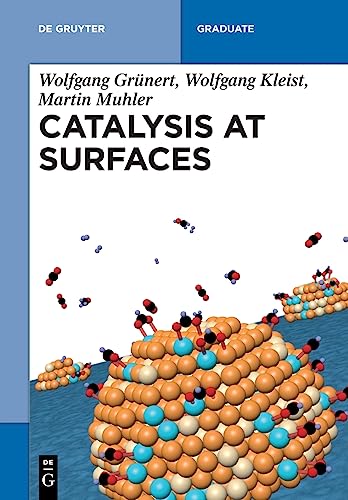
In the new textbook "Catalysis at Surfaces", CRC 1316 project leader and vice-spokesperson Martin Muhler, together with colleagues W.Grünert and W.Kleist, have contributed to view surface catalysis as a truly interdisciplinary field that includes chemistry, physics, and engineering. The synthesis, the modification of porous solids as well as the bulk- and surface-sensitive characterization techniques are shown. Insight is provided into the most important aspects of surface catalysis, thermal catalysis, and photo- and electrocatalysis as future fields of the energy transition.
This textbook is recommended for Master's and Ph.D. students to get deeper into all relevant aspects of catalyst synthesis, characterization, and application in suitable reactors.
The pdf version is free of charge for all RUB members.
- Details
Public Relations
Plasma physics events for high school students
The project week for high school students at Ruhr University Bochum is an educational program of the CRC 1316, the Faculty of Physics and Astronomy at the RUB, and of di. The student project week takes place twice a year during the Easter vacations and during the autumn vacations.
From April 3rd to 6th, the project week was hosted for over 60 female students in grades 8 to 10. The girls chose between four workshops: plasma physics, astronomy, physics in medicine, and House of the Future. The project "From Plasma to Gold Layers" allows the students to gain an insight into the generation and applications of plasmas. Using the sputter coater and professional laboratory equipment, the students could deposit and examine gold layers themselves. During the project week, the students attended a lecture by Prof. Dr. Judith Golda on "hands-on plasmas – between material science and medicine "and visited laboratories and the Planetarium Bochum. On the closing day, the results of the students' research were presented in a poster session, followed by a quiz and lunch. The next project week Autumn for female and male students in grades 8 and 9 will occur from the 9th to the 13th of October.
The Faculty of Physics enables students to complete a school internship in Physics.
From March 27th to 31st, we welcomed two interns from grade 9. After a short introduction to plasma physics, the students worked on the sputter coater. They examined the coated samples. For this purpose, they determined the transmission with a spectrometer, the layer thickness with the profilometer, and the conductivity. The interns also gained experience in handling data and in data evaluation. The goal of the internship is also to give an impression of laboratory work and current research. Therefore, doctoral students, bachelor's, and master's students guided the interns through the labs and presented their experiments. The interns also visited the NRW state competition "Jugend forscht," which took place at the Ruhr University Bochum from 27th to 29th March.
The "mobile plasma workshop" took place for the first time on June 5th. Our plasma truck visited an 11th-grade physics class at school. In the beginning, the students watched a short movie and received basic knowledge about plasmas and their applications. After a quick quiz, they worked on the experiments in smaller groups. The students examined the light emitted by plasmas with an optical spectrometer and observed how electric and magnetic fields can influence plasmas. Information on the experiments on the students' iPads guided the workshop. The workshop was a success, and the students showed great interest. As an advanced course in physics, they already had a good understanding of electric and magnetic fields. However, plasma physics is not part of the school curriculum. Through the students' feedback, we have gained insights on how to improve our workshop going forward.
- Details
Rolduc
Summer Meeting CRC 1316
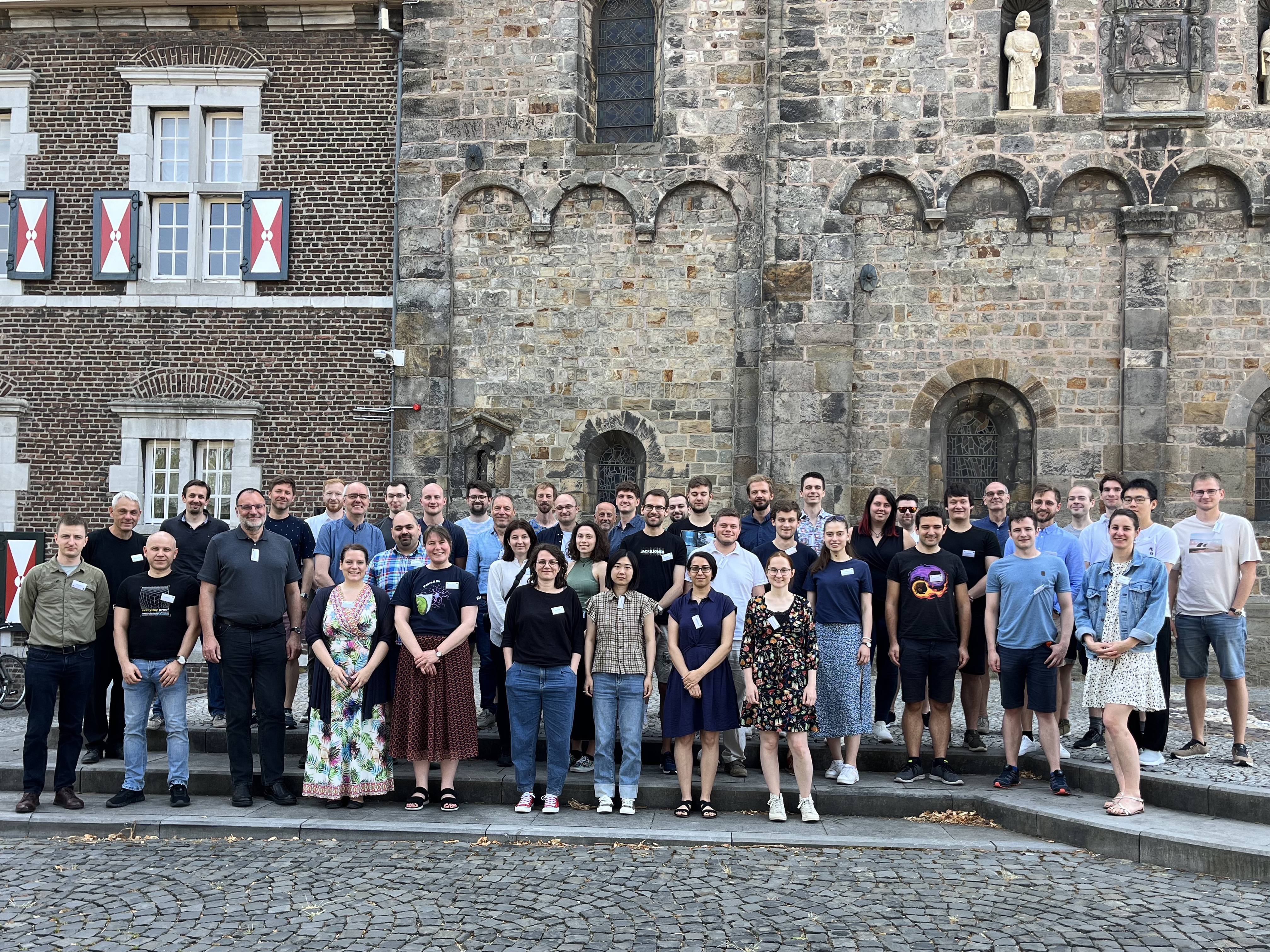 From June 19 to 21, 2023, the CRC 1316 Summer Meeting has been held at Rolduc Abbey. The meeting was a great success and was accompanied by a lively participation of all stakeholders.
From June 19 to 21, 2023, the CRC 1316 Summer Meeting has been held at Rolduc Abbey. The meeting was a great success and was accompanied by a lively participation of all stakeholders.
The event provided an excellent opportunity for scientists to present and discuss their research results.
In addition to the lectures, there were also many opportunities for informal talks and discussions. These discussions led to an intensification of collaboration and offered participants the opportunity to establish new contacts and deepen existing relationships.
Rolduc Abbey provided an excellent backdrop for the meeting. The historic buildings and idyllic surroundings contributed to a relaxed and productive atmosphere.
- Details
Conference
Heraeus Seminar "Non thermal plasmas for sustainable chemistry"
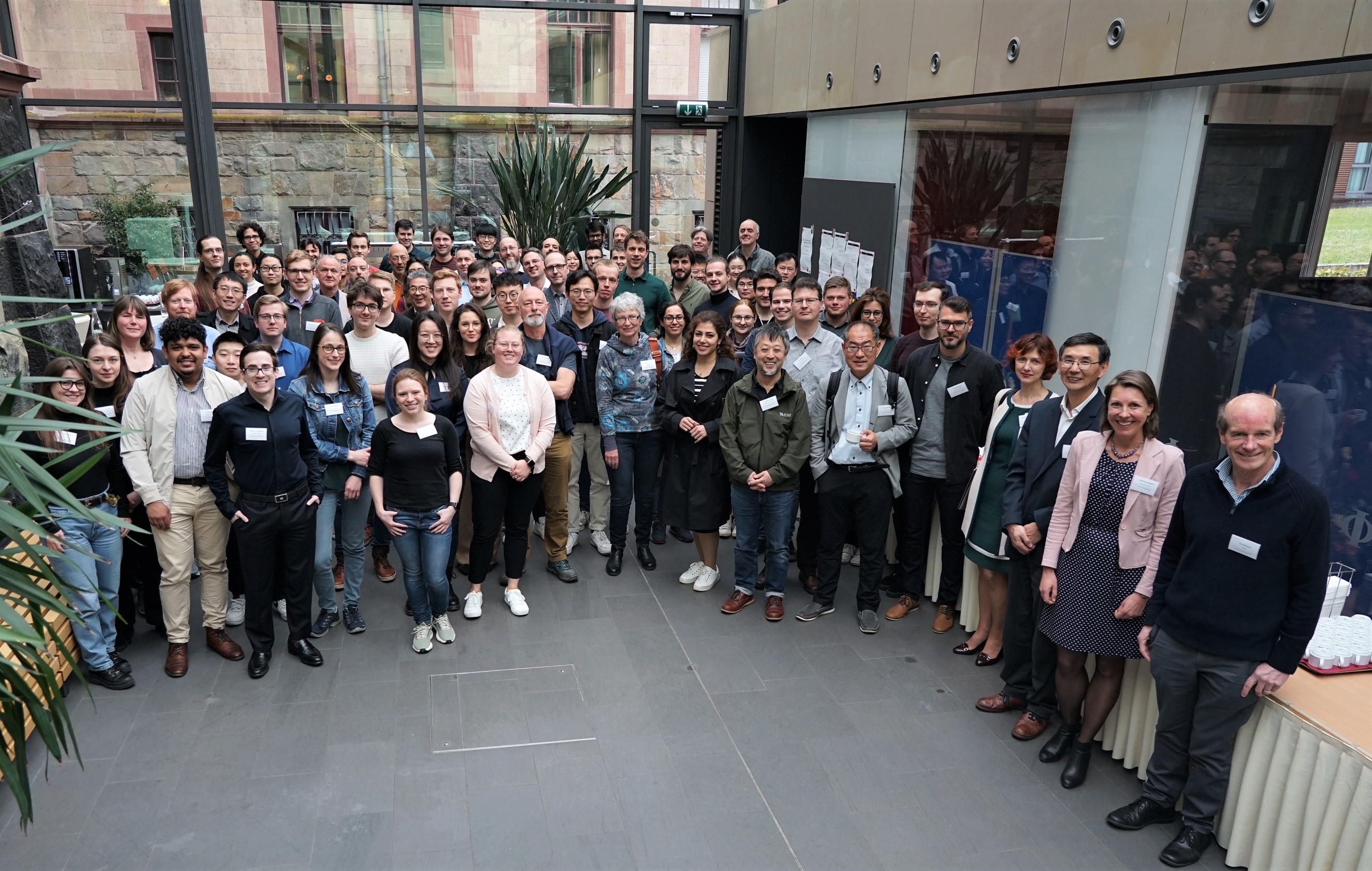
The SFB 1316 was involved in the organization of the 785 WE Heraeus Seminar "Non thermal plasmas for sustainable chemistry" that was held in Bad Honnef 22.4.-27.4.2023. The meeting was organized by Yiguang Yu (Princeton), Tomo Nozaki (Tokyo Tech), Annemie Bogaerts (U Antwerp), and A. von Keudell (RUB, SFB 1316). The SFB 1316 contributed with two invited presentations and 6 posters. The seminar with 80 attendees provided a broad overview on the field and critical discusssions about the challenges and potential of plasma methods for sustainable chemistry.
- Details
Guests
Visit of Prof. Katsuyuki Takahashi
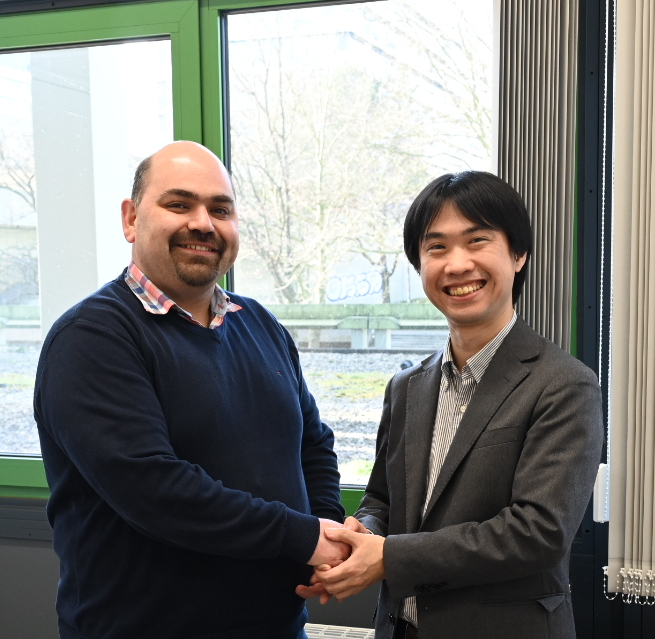
Assoc. Prof. Dr. Katsuyuki Takahashi (Iwate University, Japan) visited the Chair for Atomic and Plasma Physics (Prof. U. Czarnetzki).
During his stay Prof. Takahashi visited the laboratories of many groups at RUB that are working within the CRC 1316. In a seminar talk Prof. Takahashi presented the various research topics that are covered by his group and the group of Prof. Koichi Takaki (Iwate University). These include pulsed non-thermal plasmas for enviromental and agricultural applications among others. The overlap in many of the topics could provide fruitful grounds for future collaborations between the Ruhr University Bochum and the Iwate University.
- Details
Internationalization
DPG spring meeting
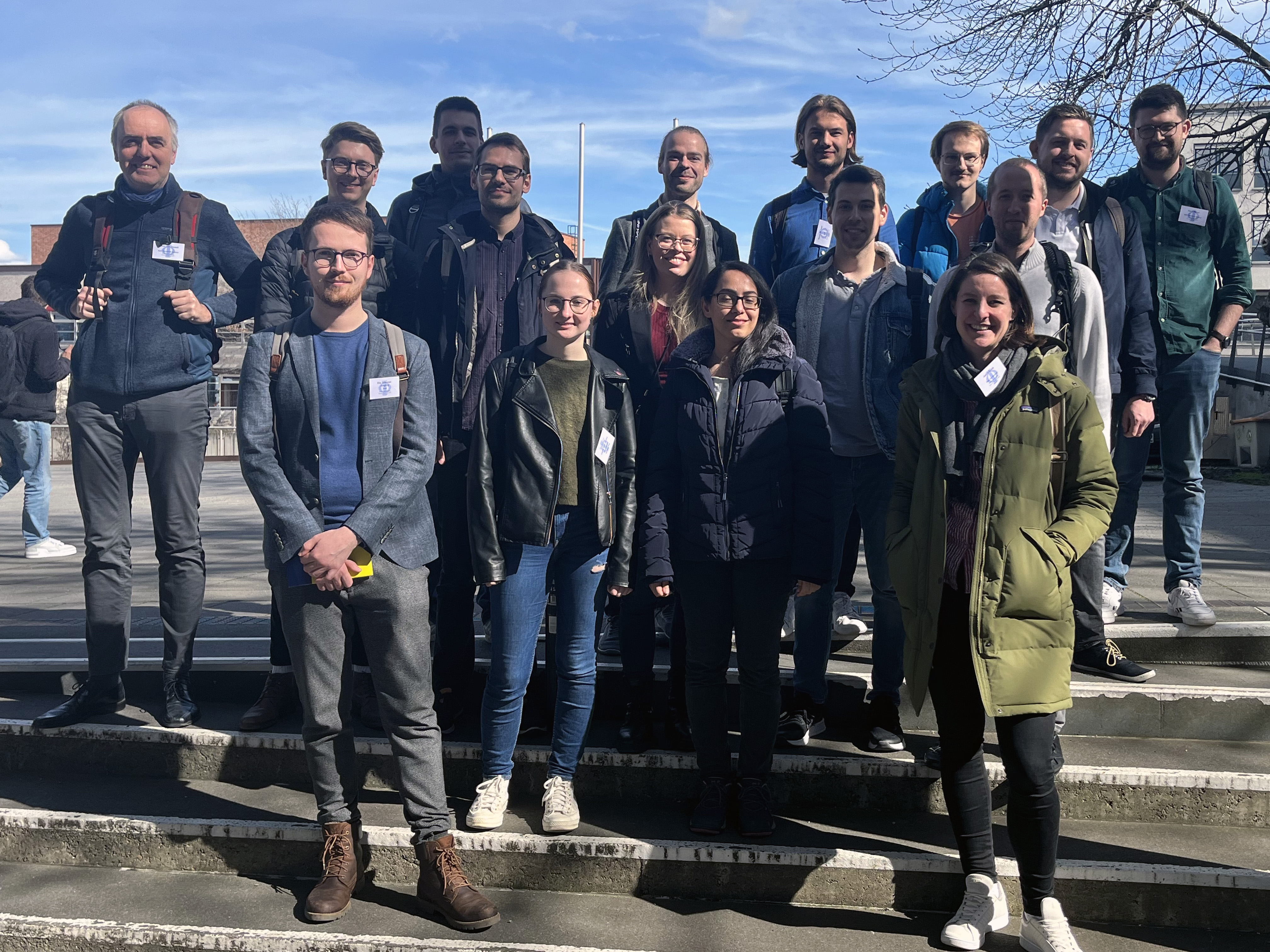
At the annually DPG (German Physical Society) meeting, the plasma groups from RUB campus had many contributions during this event. At least eleven oral presentations including one invited talk as well as eleven poster presentations were given by CRC 1316 members.


